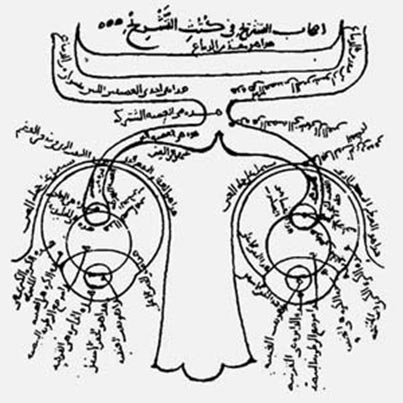One of the brightest names in Islamic medieval sciences is that of mathematician and scholar Abu ‘Ali al-Hasan bin al-Hasan bin al-Haytham, known as “Alhazen” to the Western world.
Born in Basra, Iraq in 965, he won repute there as a mathematician and engineer. He was invited to move to Cairo, Egypt by the Fatimid Caliph, Al-Hakim.
According to one story Al-Hakim had invited Alhazen because it was believed that the mathematician had a plan for regulating the waters of the Nile.
 Read Also: Al-Battani (Albategnius): The Trigonometrical Genius
Read Also: Al-Battani (Albategnius): The Trigonometrical Genius
Charged with the near-impossible task, Alhazen led an army of workers south of Aswan to the place called al-Janadil. Here he expected to see the Nile’s waters descending from higher ground and was disappointed when he discovered they didn’t.
According to a 13th century account, Alhazen feared that the eccentric and unpredictable al-Hakim would punish him for his failure.
To avoid punishment, he pretended to be insane until al-Hakim’s death. He then left the house in which he had been confined and moved to a qubbah (a small domed structure) at the gate of Cairo’s Azhar Mosque.
There he resumed his work as an author and teacher of mathematics. He earned his living by copying a number of basic mathematical works, which included Euclid’s Elements and Ptolemy’sAlmagest.

However, Alhazen didn’t stop with translation. He also made original contributions in the fields of optics, astronomy and mathematics, though his writings were eclectic and prolific, covering a broad range of subjects.
Among his achievements were 25 books and essays on mathematics and 45 titles on physical and metaphysical questions.
These include discussions of Euclid, Apollonius and Archimedes, as well as commentaries on the philosophical works of Aristotle and the medical works of Galen.
No comments:
Post a Comment